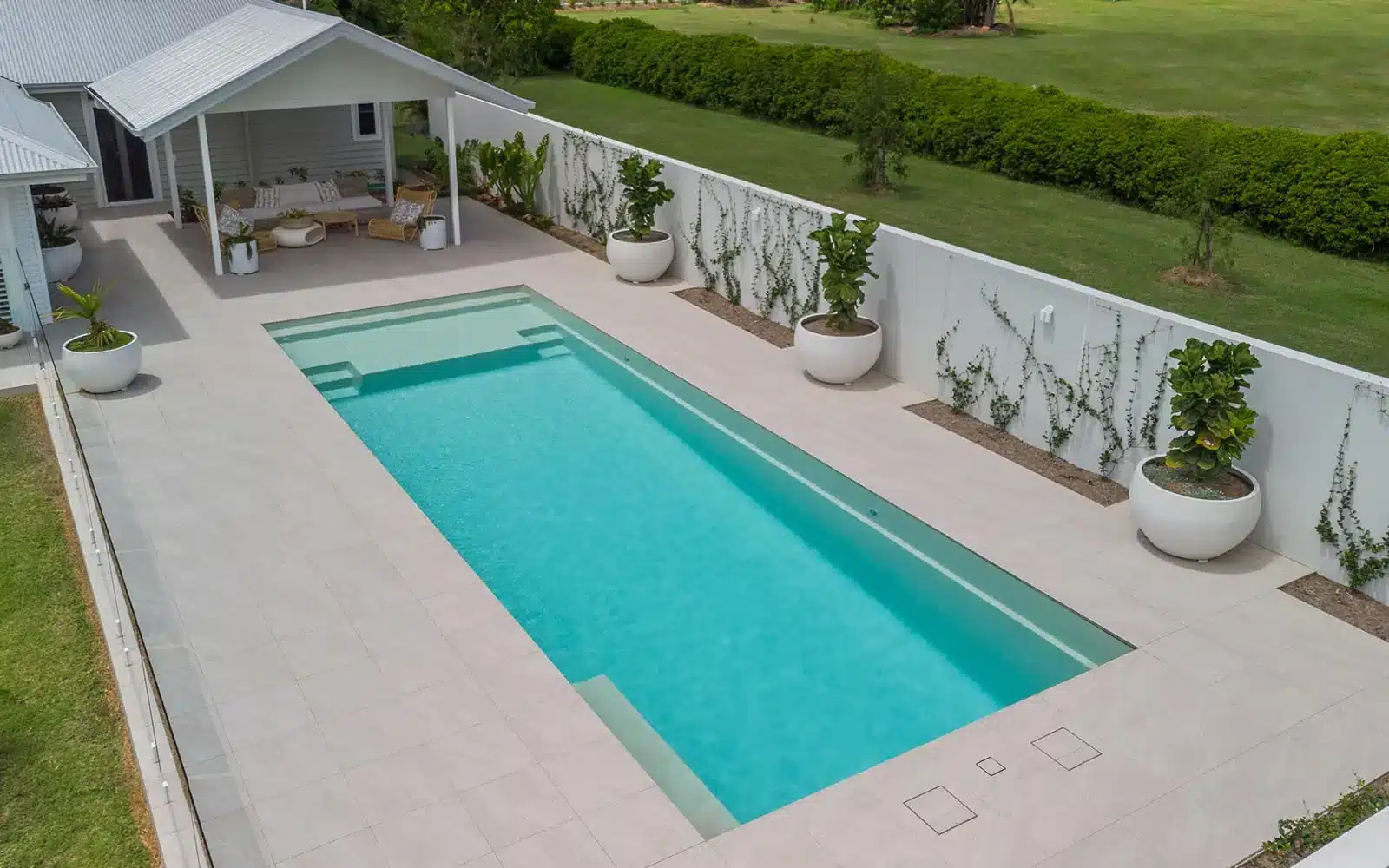Fibreglass Pools Most Common Questions Answered

If you’re considering installing a pool, you’ve likely heard the buzz around fibreglass swimming pools. And for good reason! They’re durable, low-maintenance, and perfect for families. But what do you really know about them?














